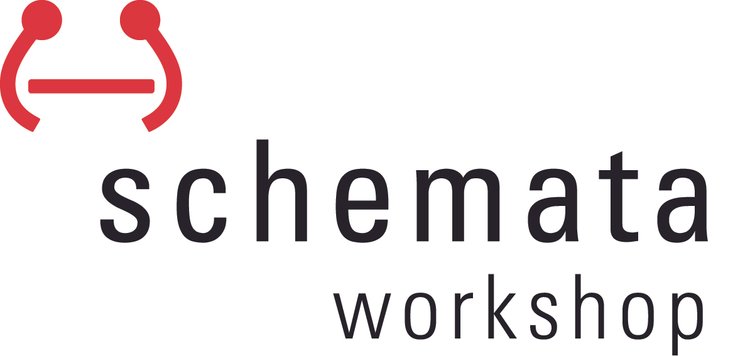“The blessings in which you, this day, rejoice, are not enjoyed in common. The rich inheritance of justice, liberty, prosperity, and independence, bequeathed by your fathers, is shared by you, not by me. The sunlight that brought life and healing to you, has brought stripes and death to me. This Fourth of July is yours, not mine. You may rejoice, I must mourn.” - Frederick Douglass
Schemata Workshop is committed to being an anti-racist company. We recognize that this might be a lifelong aspiration and not an immediately achievable goal…but we will try. In addition to external trainings, we have been hosting monthly internal Conversations on Race. We are working to foster dialogue that creates a safe space to ask questions, discuss ideas, provide context, and share personal experiences. The hope being that we each grow in our personal comfort to engage with our friends, family, clients, and consultants on this topic. And grow in our confidence to interject appropriately when actions or words in a meeting or other professional setting require our intervention, so as not to cause or continue harm. And ideally prepare us for leadership within our firm, projects, and profession to challenge and dismantle systemic and institutional racism.
The Frederick Douglas quote above, juxtaposed with the image of the American flag was the inspiration for discussion this month, exploring the topics of patriotism, national pride, and the idea of one America. We discussed what the flag means to us individually and our experiences and knowledge around Juneteenth and the Black National Anthem.
We used a conversational tool for discussing issues of race that a number of our staff learned about recently in Courageous Conversations’ Beyond Diversity training. We talked about how we might feel, think, believe, or act when encountering racist ideas or images and how the Courageous Conversations Compass can help us to be more effective in our communication with others by identifying the mindset in which we are individually and collectively engaging with subjects of race.
In his book, A Promised Land, Barack Obama writes in the first chapter, that America is not perfect, there are many aspects of our country that remain unreckoned and unreconciled (the legacy of slavery, the slaughter of Indigenous people, textbooks full of one-sided history). AND yet, there is great promise for what our nation CAN be. We believe in the promise of our democracy. And we believe that we need to actively reclaim the flag as a symbol of everyone's freedom. And that we need to be vocal in our words and actions to create an equitable world for all who live in our beautiful country.














